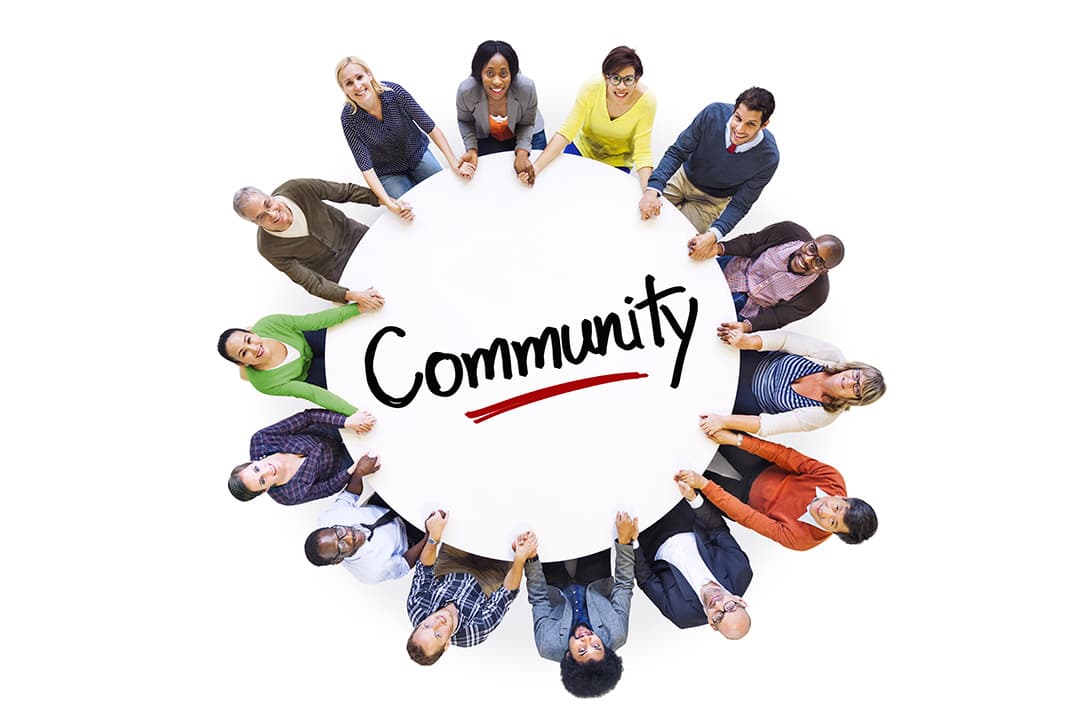The Community Builder

Fabian Pfortmüller is a Swiss community builder based in Amsterdam. He’s an experienced entrepreneur, acknowledged innovator, and prolific writer. I had the opportunity to speak with Fabian about cultivating communities from the inside-out at the speed of trust.
Networks connect; communities care.
Weak ties in a social network facilitate the flow of information and knowledge. However, strong ties are required to translate insight into action through collaboration. Both kinds of relationships are necessary but don’t confuse one with the other. As eminent organizational theorist Henry Mintzberg put it,
…beware of “networked individualism” where people communicate readily while struggling to collaborate…An electronic device puts us in touch with a keyboard, that’s all.
Technology can accelerate the formation of weak ties but strong ties are a function of human interactions over time. Consequently, cultivating a community requires a different approach than does building an audience or network.
Characteristic Patterns of Growth
Nevertheless, we often fail to acknowledge the differences. Fabian notes,
I found that when I work with organizations to weave a community, there’s often very unrealistic expectations how fast that can happen. We make a timetable, and it says by October we have the first hundred people, and then by December we have five hundred people, and then by one year we’ll have 10,000 people. Why I think that is totally unrealistic is because each person has to be woven into the group. There has to be a relationship that is created, and human relationships tend to take a long time to form.
What Fabian calls an “outside-in” strategy can be appropriate for building an audience or network. Such a strategy is characterized by
- Reliance on advertising and promotion (i.e. one-to-many messages initiated by the host)
- Comparatively high effort and cost on the part of the host
- Rapid early growth that tends to slow over time due to relatively low levels of retention and referral
The blue line below represents the characteristic growth resulting from an outside-in strategy.

Alternatively, the green line represents the characteristic growth of the “inside-out” strategy conducive to cultivating a community. It starts with a small, core group of members and grows organically. Its traits include
- Reliance on referral (i.e. one-to-one messages initiated by members)
- Comparatively low effort and cost on the part of the host
- Slow initial growth that accelerates over time due to relatively high retention and referral
That said, the standard for making effective referrals is high. In a recent conversation, Morgan Klaas observed,
Referrals are an expenditure of political and social capital, and that bank is really finite. People really want to be sure you’re going to represent them well in the eyes of others.
In other words, the inside-out strategy—and the cultivation or weaving of community—is predicated on a high level of trust.
Building Community at the Speed of Trust
Trust is slow to develop and is easily destroyed. Fabian shared insights regarding the conditions under which trust can build. To summarize:
- “Trust needs a container.” In other words, community has defined boundaries. There are members and non-members. Author Priya Parker suggests, “Make purpose your bouncer.” Members are those who can and will contribute toward achieving the purpose of the community.
- To be trustworthy, we hosts must trust. That entails vulnerability and risk.
- Reject perfection and the heavy-handed control that implies. Communities emerge from human relationships, and we’re a messy, imperfect bunch. Ignore that truth at your peril.
Patience, persistence, and humility are watchwords for those of us who would seek to cultivate community. Easier said than done. The payoff, though, is the potential for meaningful connections, effective collaboration, innovation, and even transformation.
Additional Reading
Audience, Network, or Community?
We Need Both Networks and Communities
Weaving communities from the inside-out or from the outside-in?
